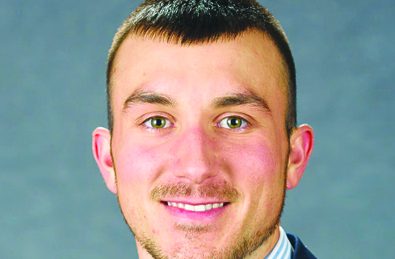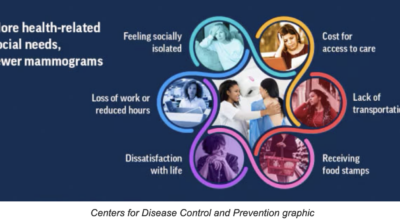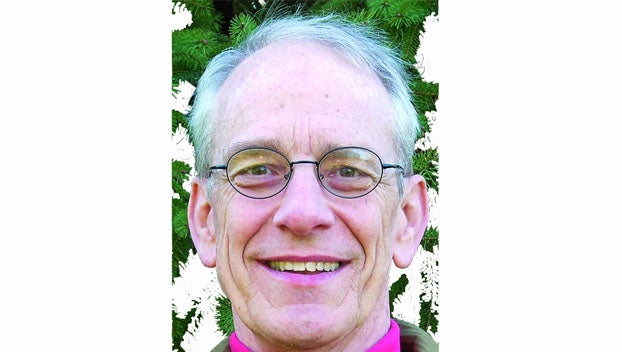Cutting hay early pays
Published 1:43 pm Wednesday, May 9, 2018

- Clay Stamm is the Clark County Cooperative Extension Service agent for agriculture and natural resources.
Cutting hay earlier is almost always better. That is, as long as you can cut it without it getting rained on.
The following is taken from a recent article by Dr. Jimmy Henning summarizing the value of earlier hay cutting. His justification comes from the UK College of Agriculture publication “Quality Hay Production,” which shows the impact that stage of harvest has on fescue hay forage quality and animal gain.
Tennessee research compared three fescue hays cut May 3, May 14 and May 25 (these dates would be slightly later in Kentucky). The dates corresponded to late boot/early head, early bloom and early milk stage/seed forming, respectively.
These hays were then fed to 500-pound holstein heifers. The heifers ate more of the early-cut hay, 13 lb/day compared to 11.7 and 8.6 for later cut hay.
Early cut hay had the highest digestibility and crude protein. The drop in digestibility was small between May 2 and May 14, but much larger over the next 11-day period. Crude protein dropped about the same (about 3 percentage units) for each 11-day delay.
Gain per day ranged from 1.39 to 0.42 lb/day for the three hays. The earliest cut hay supported the best gains, as expected. The decline in average daily gain was about the same for each 11-day delay in cutting.
Maturity decreased average daily gain much more than forage digestibility. A delay of 22 days dropped digestibility by 17 percent (68 to 56 percent).
Over this same period, daily gain dropped by 70 percent (1.39 to 0.42 lb/day). Small changes in quality made big differences in gain.
Although the forage yield was lower in the early cut hay, there were 22 extra days of forage growth compared to the May 25 cutting — enough growth to virtually guarantee a high quality second cutting or grazing before the heat of summer. Cutting hay early pays, especially for growing cattle. And small differences in maturity can make big differences in gain and your bottom line.
For more information about a successful hay harvest, contact the Clark County Cooperative Extension Office.
Clay Stamm is a Clark County Cooperative Extension Service agent for agriculture and natural resources.





